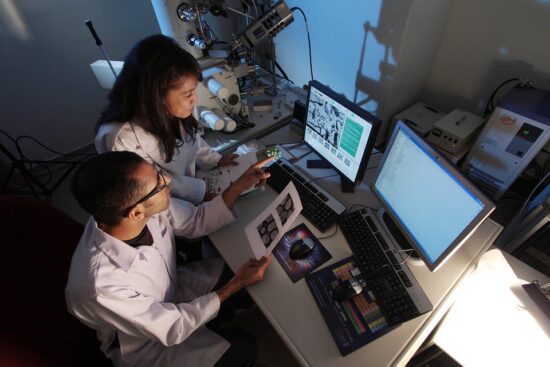Inhibitors of ATP Synthase as New Antibacterial Candidates
ATP, the power of all cellular functions, is constantly used and produced by cells. The enzyme called ATP synthase is the energy factory in all cells, which produces ATP by adding inorganic phosphate (Pi) to ADP. It is found in the inner, thylakoid and plasma membranes of mitochondria, chloroplasts and bacteria, respectively. Bacterial ATP synthases have been the subject of multiple studies for decades, since they can be genetically manipulated. With the emergence of antibiotic resistance, many combinations of antibiotics with other compounds that enhance the effect of these antibiotics have been proposed as approaches to limit the spread of antibiotic-resistant bacteria. ATP synthase inhibitors, such as resveratrol, venturicidin A, bedaquiline, tomatidine, piceatannol, oligomycin A and N,N-dicyclohexylcarbodiimide were the starting point of these combinations.
AMR NEWS
Your Biweekly Source for Global AMR Insights!
Stay informed with the essential newsletter that brings together all the latest One Health news on antimicrobial resistance. Delivered straight to your inbox every two weeks, AMR NEWS provides a curated selection of international insights, key publications, and the latest updates in the fight against AMR.
Don’t miss out on staying ahead in the global AMR movement—subscribe now!







